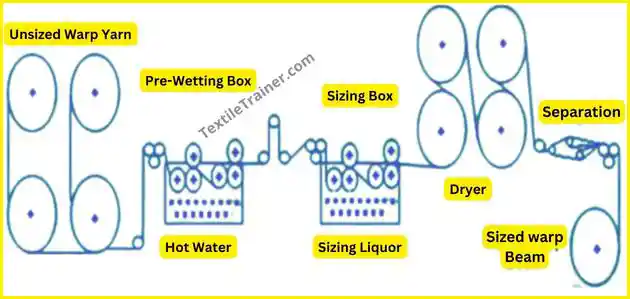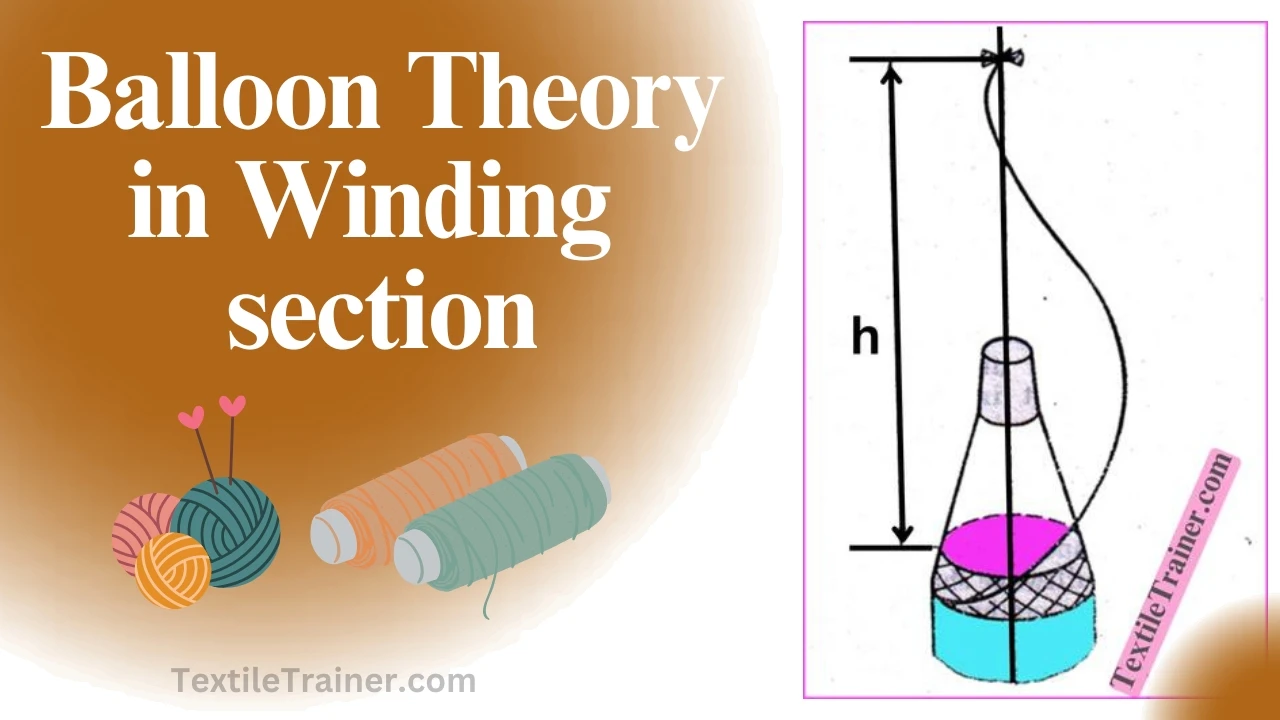Latest 2 Development in Sizing Technology in Weaving
Innovation is key to staying ahead of the curve in the fast-paced textile manufacturing world. The weaving industry has undergone significant transformations due to the ever-growing demand for high-quality fabrics and efficient production processes. The revolutionary development in sizing technology promises to redefine fabric weaving as one of the latest breakthroughs. During weaving, the warp yarns are protected by a protective coating, known as size, prior to weaving. By coating the yarns, they become stronger and more resistant to abrasion, preventing them from breaking during the weaving process.
Traditionally, sizing process has been a labor-intensive and time-consuming stage, limiting weaving’s overall efficiency. In this article, we explain the latest advancements in sizing technology that are set to revolutionize weaving. Its potential benefits are endless, from smart algorithms that optimize sizing formulations based on fabric specifications to advanced automated systems that precisely control the application of size. Additionally, this technology is intended to be adaptable to a wide range of fabric types, including delicate silk and rugged industrial textiles.
Development in Sizing Technology:
The purpose of this article is to discuss two types of latest developments in sizing technology for applying sizing materials to warp yarns.
- Cold and pre-wet sizing technology.
- Pre-wet sizing technology.
1. Cold and Pre-wet Sizing Technology
Cold size application on sample warps and short warps has been developed recently. It involves gently treating the warp surface without squeezing it. In comparison to waxing on sectional warpers, cold sizing produces better yarn compaction, a smoother surface, and less hairiness, which increases weaving efficiency. Cold size products from the suppliers can be used for cold sizing single yarn, siro yarns, two ply yarns, terry warps, and synthetic yarns. It is reported that the chemical products used are water soluble, recyclable, and biodegradable. The main advantages of this system include:
- Liquor pickup is low and liquor concentration is high.
- As compared to normal sizing, 30-50% less application is required.
- Energy savings in drying.
- There is less space on the machine.
- A higher level of modularity and productivity.
2. Pre-wet Sizing Technology:
In another recent development, called pre-wet sizing technology, the yarns are soaked and washed in hot water before entering the size box. By doing this, it is claimed that size add-ons can be reduced by 20-40%, size adhesions are enhanced, abrasion resistance is increased, and hairiness is reduced. A better encapsulation of yarn by the sizing agent and a better adhesion of the sizing agent to the yarn contribute to improved weaving performance. This system has the following advantages according to preliminary results.
- Tensile strength increases by 15-19%.
- Hairiness is reduced by 50%.
- 70-200% increase in abrasion resistance.
- Reduction of clinging tendency.
- Lint formation during weaving is reduced by 30-50%.

Finally we can say, Fabric manufacturing has been transformed by advances in sizing technology, which has resulted in unparalleled efficiency and exceptional fabric quality. With these cutting-edge advancements, the industry is poised to achieve new heights, meeting the demands of modern consumers and businesses. Fabric production will become more innovative, sustainable, and precise with the continuous advancement of sizing technology.
You May Read:
- Definitions of sizing, objectives and impact on warp yarn.
- Why sizing is called heart of weaving.
- Primary and Secondary Size Ingredients.
- Characteristics of Good Size Ingredients.
- Types and Techniques of sizing.
- Working Principle of Slasher Sizing Machine.
- Size Cooking Equipment.
- Drying Methods in Sizing Process.
- Modern Control System of Sizing Machine.
Reference:
- Adanur, S. (2001). Handbook of weaving. Boca Raton: CRC press.
- banerjee, N. (2000). Weaving Mechanism. West Bengal: Smt. Tandra Banerjee and Sri Apurba Banerjee.
- Gandhi, K. (2012). Woven Textiles. New Delhi: Wood Publication Limited.
- Gokarneshan, D. N. (2009). Weaving Preparation Technology. Delhi: Abhishek Publicaions.
- stegmaier, T., Trauter, J., and wunderlich, W., “Reducing effluent loading in sizing and desizing”, Melliand internatinal



